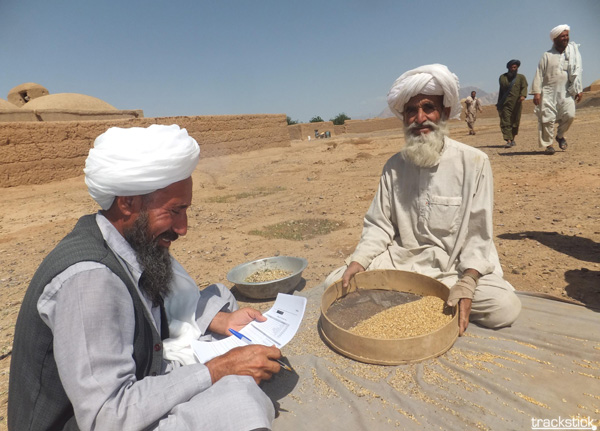Difference between revisions of "Nutrition Education - Outcome Mapping"
(Published from sandbox) |
(No difference)
|
Latest revision as of 00:04, 6 June 2015

Monitoring and evaluation are an essential part of project implementation, helping ensure that the project is on track and achieving its intended outcomes. Evaluations of nutrition interventions often focus on the long-term outcomes, such as indicators of growth in children. These long-term indicators do not detect intermediate outcomes and must therefore be supplemented by indicators of short- and medium-term outcomes. Short-term outcomes are immediate results of an intervention such as changes in knowledge and prevailing attitudes. Medium-term outcomes are apparent only after a more extended period and commonly result in changes in behavior (i.e. practices). Long-term outcomes include as mentioned before indicators of nutritional status, e.g. hemoglobin levels and indicators for growth in children. The following table provides examples of different outcomes of nutrition interventions that include an educational component.
| Short-term outcomes | Medium-term outcomes | Long-term outcomes (impact) |
| |
Physiological and health outcomes | |
| Changes in intrapersonal determinants of practices knowledge and attitudes | Changes in nutrition-related practices | Changes in physiological parameters, nutritional status and biochemical indicators |
|
Knowledge
Attitudes
|
|
|
Source: FAO. Guidelines for assessing nutrition-related knowledge, attitudes and practices. 2014.
Nutrition-related Knowledge Attitudes and Practices (KAP) studies as described in the Food Pedia page on Nutrition Education Planning are also useful for defining, monitoring and evaluating the outcomes of nutrition education.
Acknowledgements
- FAO. Guidelines for assessing nutrition-related Knowledge, Attitudes and Practices. By Yvette Fautsch Macias, Peter Glasauer. Rome.2014.

